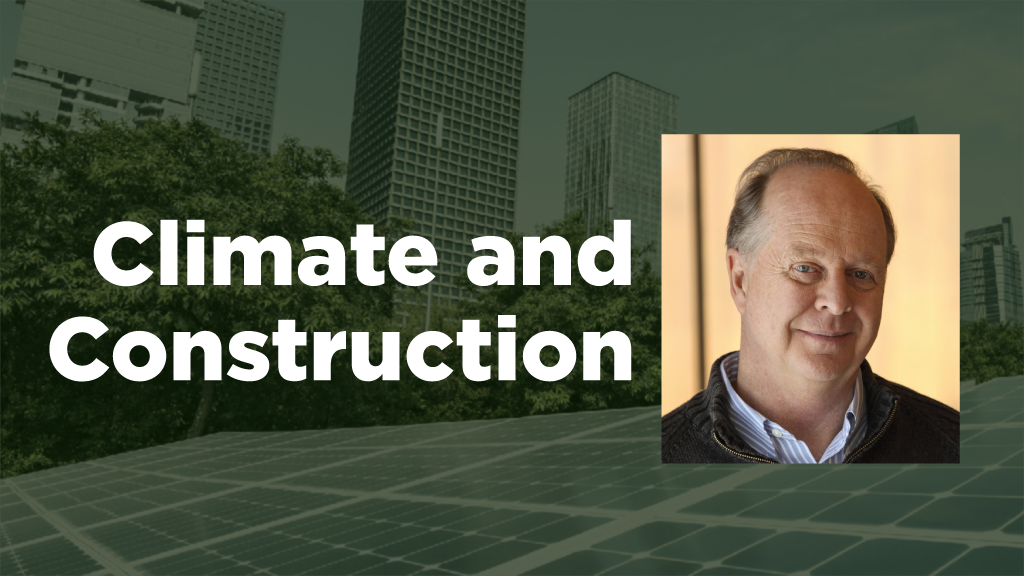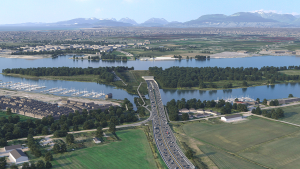There was a noticeably upbeat tone to Passive House Canada’s three-day annual conference held in Victoria, B.C. in late May.
All keynote speakers and technical session leaders spoke of the growing recognition across Canada of Passive House strategies for improving the energy efficiency and interior comfort of buildings. This is made evident both by new project announcements and increased communication with decision-makers at various levels.
Of course, the lack of strong energy-efficiency leadership from the 2020 National Building Code, and its subsequent soft adoption by many provincial codes, has been disappointing and remains a challenge to overcome.
In response, Passive House Canada CEO Chris Ballard emphasized the importance of working at local levels to affect positive action.
“It’s great to talk about the things happening in Ottawa or at the provincial level, but municipal councils are where the rubber hits the road.”
Lisa Helps, mayor of the host city, spoke of the role municipalities play when confronting emissions from urban buildings. That’s why Victoria has adopted an ambitious Climate Leadership Plan, she said, explaining buildings are responsible for 50 per cent of the city’s GHGs, not an unusual percentage for a major centre.
At the same time, Helps spoke of her personal frustration of looking “50 years down the road” and understanding the challenges, while being constrained by the four-year election cycle within which she and other elected officials must work.
Change is hard, especially at the municipal level, agreed Ballard. He explained how some decisions were set by city councils 40 years earlier, and therefore why it’s important for energy efficiency advocates to use their expertise as a tool to engage with councillors, elected officials and staff.
At the same time, Ballard cautioned against speaking only in terms of negative consequences, despite the urgency of the climate crisis.
“We can scare people a bit too much with statistics. So, be right without being righteous. Educate them to make the right decisions.”
The knowledge gained at the 2022 conference itself will, through ongoing communication, further serve to inform decision-makers at all levels of government.
In other words, “Stay calm and be actively Passive.”
In terms of visible progress, Canada is the proud home of some major Passive House initiatives.
The Ken Soble Tower, a municipally-owned multi-residential building in Hamilton, Ont., is the largest Passive House retrofit in the world. In Vancouver, shovels will hit the ground in about 12 months to commence construction of the 60-storey Curv condominium, the world’s tallest Passive House building. Such key projects are physical evidence of forward thinking at the municipal level.
At the same time, progress is not always measured in headline projects.
Evelyne Bouchard, principal and architect with Tandem Architecture Écologique, noted the importance of professional and personal interactions.
“Every interaction can shift the needle. There’s no one policy that is going to get us out of this. There is not going to be one big decisive moment. It will be all those incremental changes. Every project is transformative. Everyone who occupies one of those spaces is changed.”
Her architectural colleague, Scott Kennedy of Cornerstone Architecture, agreed.
“Let’s not let the perfect get in the way of the good. We should always strive for the 100 per cent. But if you can get a project 85 per cent of the way there, then get it there.”
At the same time, the sticks and carrots of regulations are very important, he said.
“I would really like to see regulators set the bar high and then understand that the industry will need some time to get there.”
Ballard reaffirmed to attendees his takeaway message: Use your knowledge to spread the good news to decision-makers everywhere.
“What we have here is an opportunity to talk about the positive things — how we can move our country and our cities ahead, and how we can adapt to the climate crisis. It’s not all bad news. We have solutions, we have answers.”
John Bleasby is a Coldwater, Ont.-based freelance writer. Send comments and Climate and Construction column ideas to editor@dailycommercialnews.com.








Recent Comments
comments for this post are closed